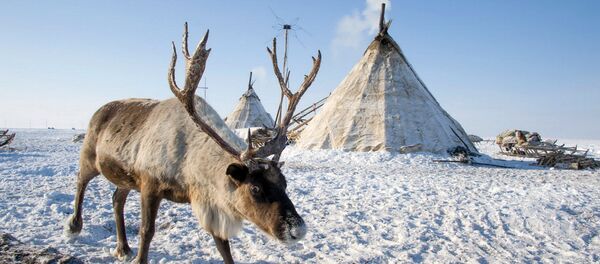ASTANA (Sputnik) — In June, nine people were hospitalized in the Karaganda region over anthrax suspicion, two of them died shortly afterwards. Amid the sudden anthrax ictus, the authorities initiated an epidemiological investigation, which presumed that cattle grazing near unshielded cattle burial grounds and ineffective vaccination might cause anthrax in animals, the meat of which was later consumed by people. Following the outbreak, new separate anthrax cases were reported in various parts of the country.
"Currently, all three residents of the Karaganda region are under the supervision [of doctors]. Preliminary tests, undertaken by express method, show positive results. The condition of patients is satisfactory, without complications of gravity," deputy head of the local Department of Consumer Protection Bulat Kalmaganbetov said, as quoted by the Novosti-Kazakhstan news agency.
He added that about 400 people were being monitored, 43 individuals were in close contact with the infected. Moreover, 68 kilograms of was meat withdrawn from sale from a local store in Balkhash.
Kazakhstan has been globally famous for extensive cattle breeding, which can be explained via the historically nomadic nature of the Kazakh. The republic has vast grazing land, which amounts to more than 180 million hectares.
Anthrax is a serious infectious disease, which commonly affects animals. The bacteria behind anthrax, Bacillus anthracis, forms spores if out of a living organism, which makes it highly resistant to both low and high temperatures, drying and disinfectants. The spore can persist for years at a pasture where the infected animals once grazed.
Although it is not widespread, people may get infected if they come in contact with infected animals or contaminated animal products. Anthrax cannot be spread directly from person to person, but an individual's clothing and skin may be contaminated with the spores of the disease.




